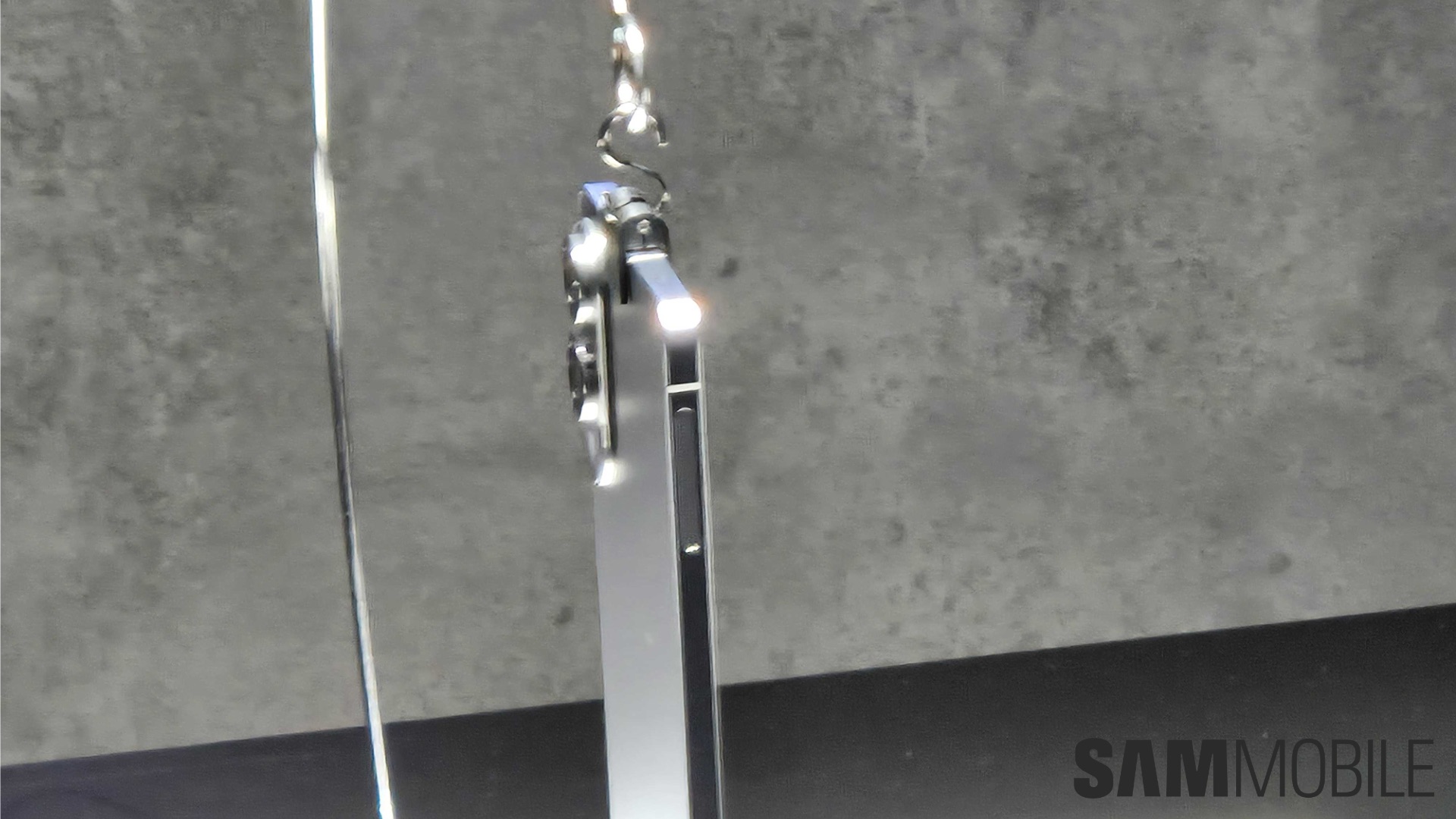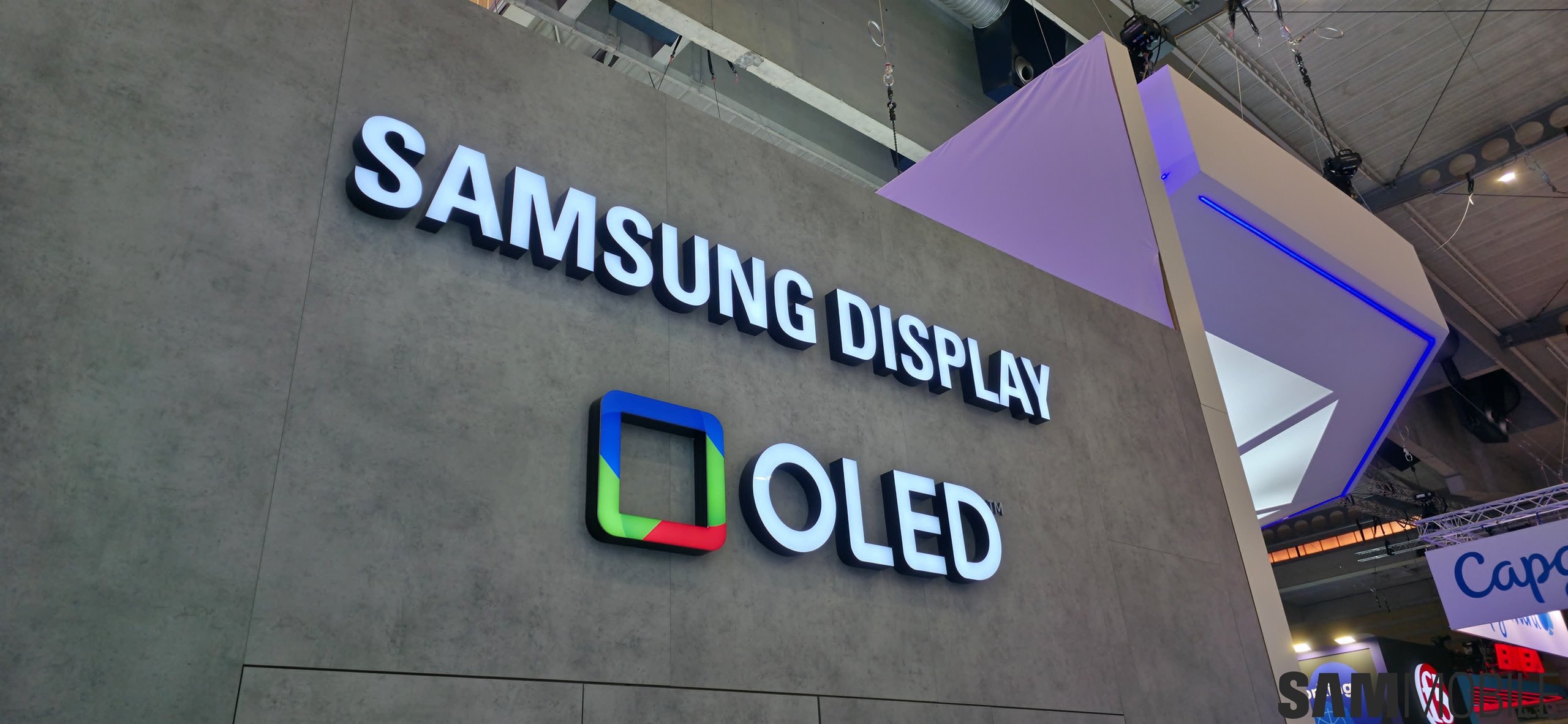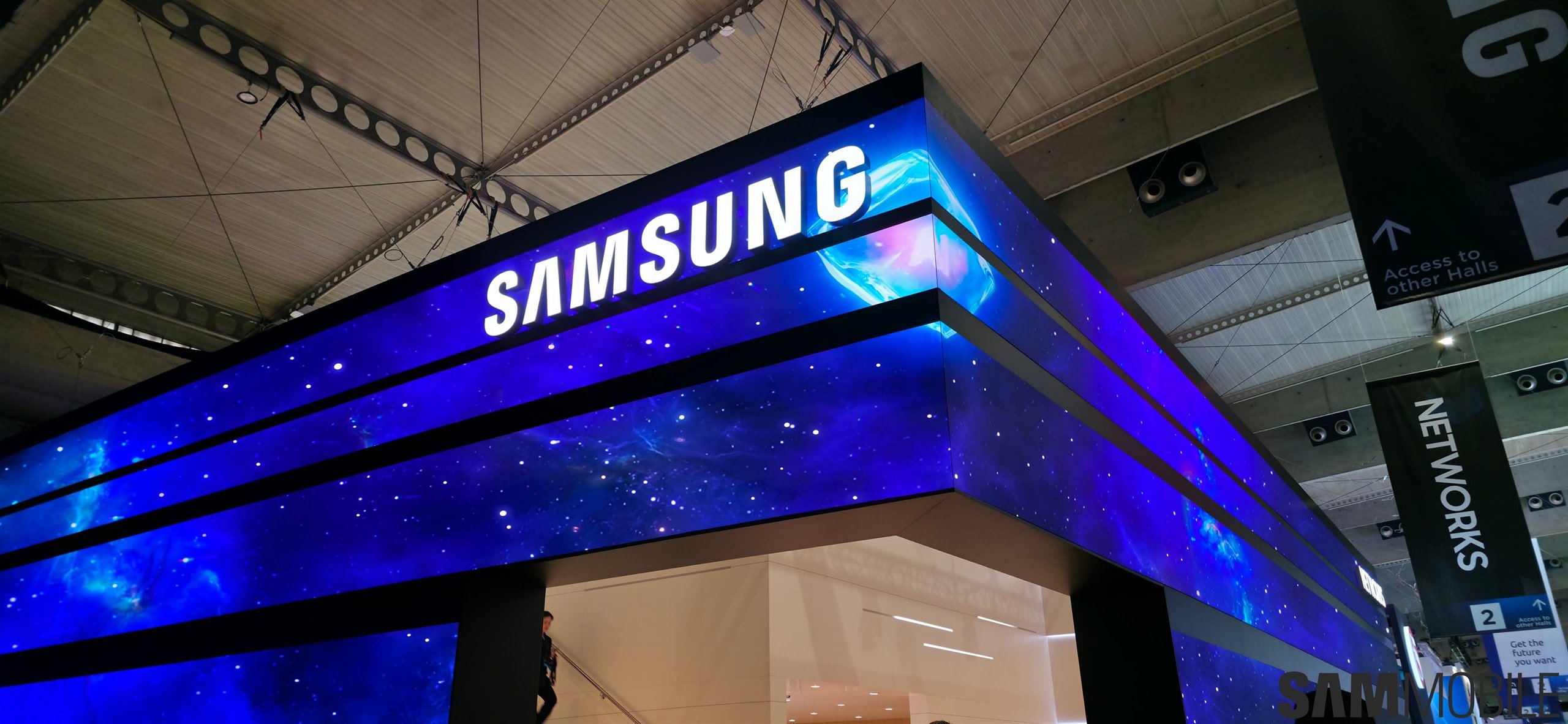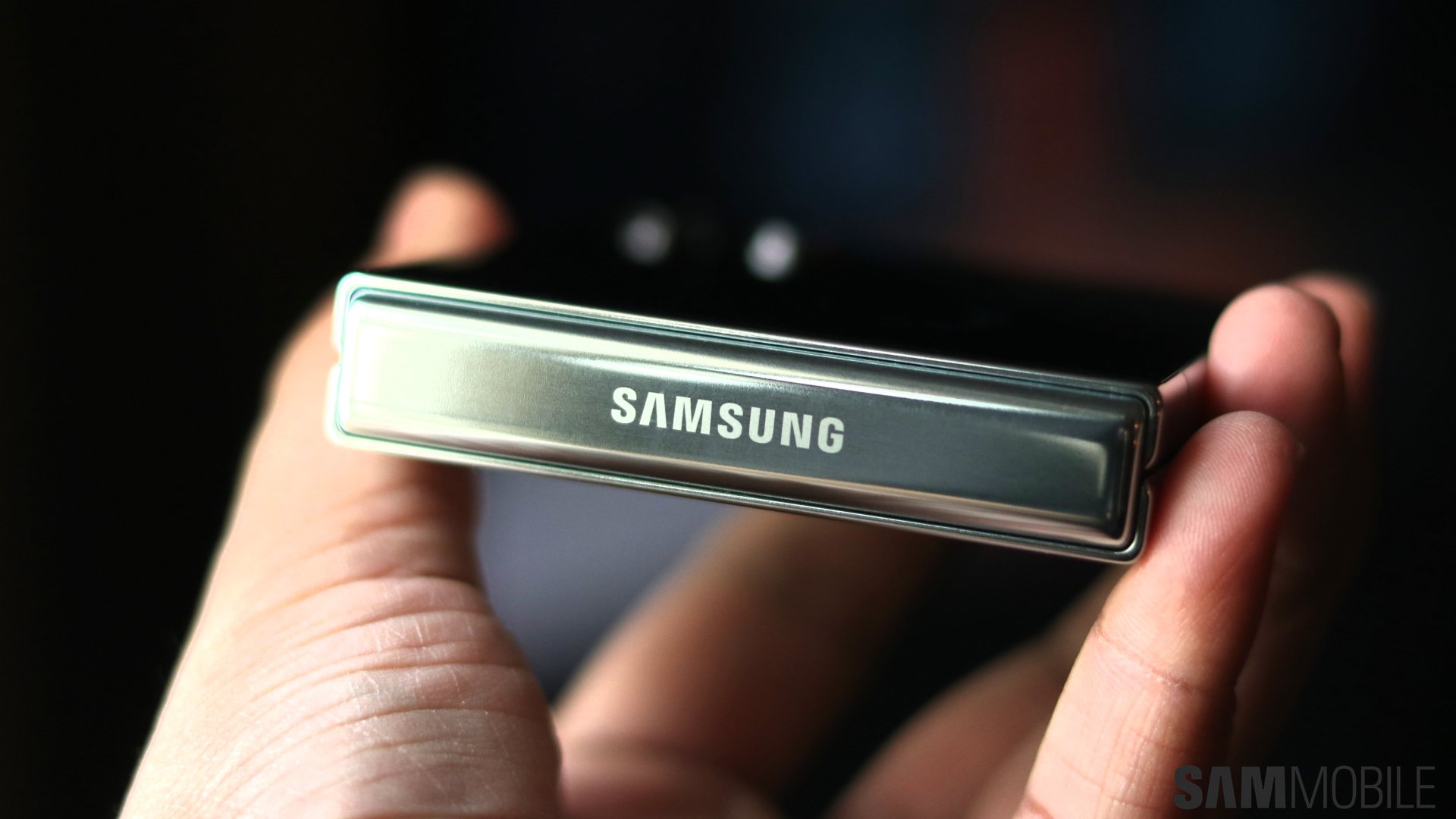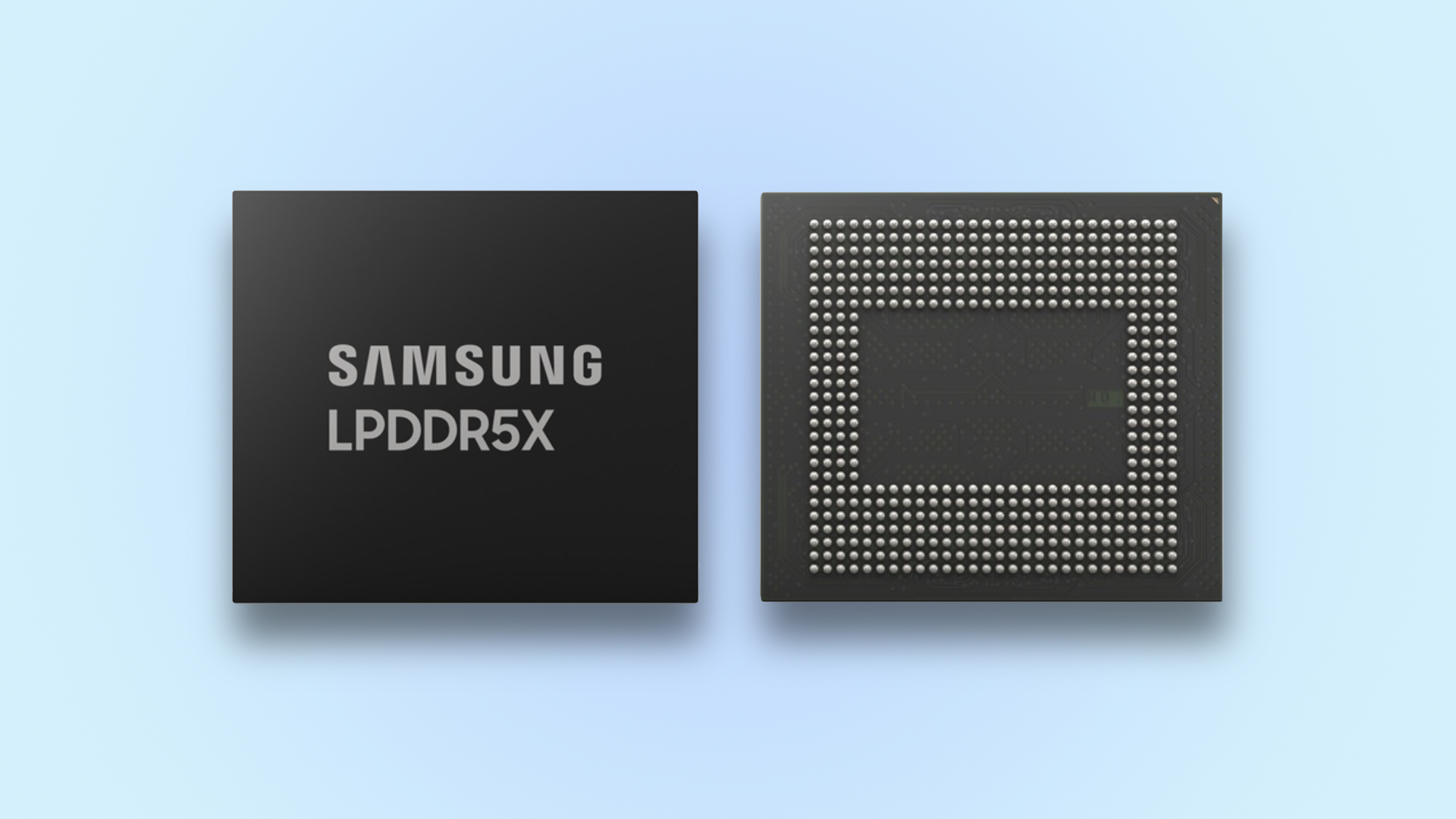
Memory makers in China have been after Samsung's share of the market for some time now and have managed to make some inroads. They're now turning to a tried and tested playbook to win market share, and billions of dollars in orders, at the expense of Samsung Electronics and SK Hynix, two of the world's leading memory suppliers.
Chinese firms are coming after Samsung's memory chip share
Volume-driven strategies are a common tactic of Chinese companies across various industries. They push aggressively into markets, even at the cost of operating losses, to increase market share. Prices are increased later on after a sizable market share has been won.
Samsung's profitability from legacy DRAM sales is under threat as Chinese firms are working aggressively to increase their supply. According to reports, Chinese memory makers like ChangXin Memory Technologies and Fujian Jinhua are selling DDR4 memory chips at nearly half the price of Samsung and SK Hynix.
They're even said to have priced some DDR4 products 5% lower than recycled secondhand products. Market watchers believe that the Chinese firms are doubling down on this strategy to lock in clients and supply channels before the Trump administration takes charge and potentially imposes high tariffs and even sanctions on Chinese chip makers.
Similar strategies have worked well for Chinese display manufacturers as they have been able to make significant gains in the OLED market where Korean companies like Samsung Display and LG Display once held an unassailable lead.
Aware as it is of this threat, Samsung has been focusing on improving its product mix in the memory segment to offset losses that may be incurred once China eats away at sales of legacy products. The company is focusing on improving the share of DDR5 and high-bandwidth memory chips in the sales mix.












